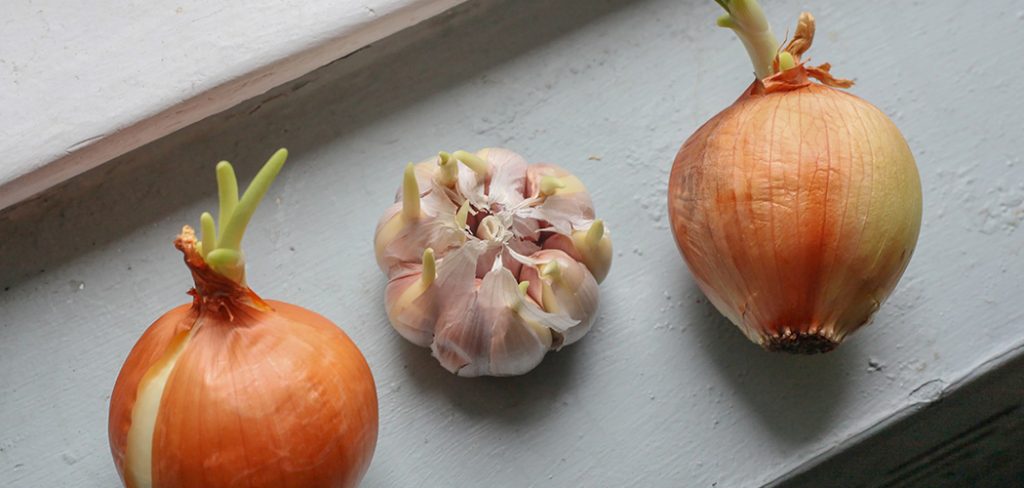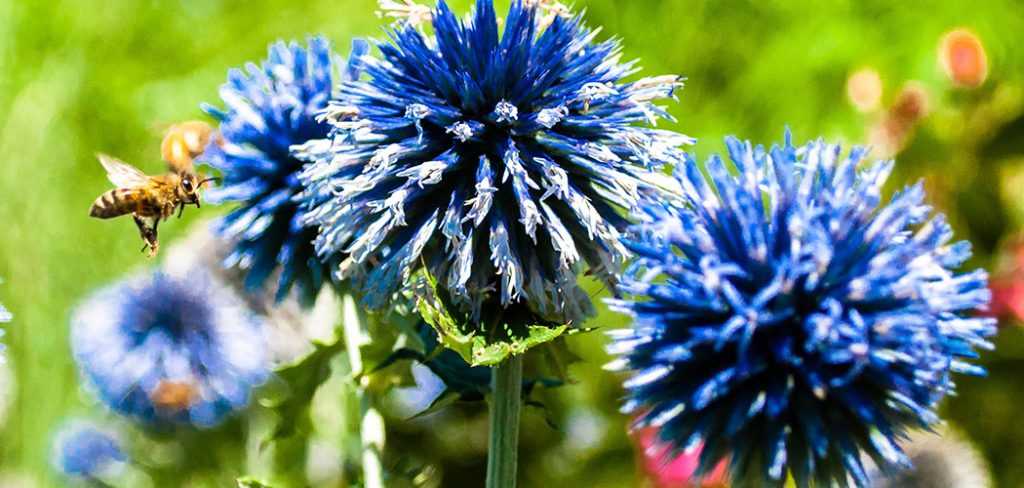Here’s a simple list of good and bad companion plant for peppers, cucumbers, and tomatoes.
Companion planting is the method of placing certain plants close to each other in order to maximize their growth and the benefits that they can provide each other. Some of these benefits include keeping off pests or providing more nutrients to the soil.
Peppers, cucumbers, and tomatoes are all good companion plants for each other in the garden. Bushy varieties of peppers go great with vining cucumbers as they take up only one planting space in your garden instead of two.
Peppers and tomatoes are also benefit each other. They come from the same family, so they have almost the same water, sunlight, and soil needs. These two plants also produce harvest almost at the same time, making them compatible planting companions.
Cucumbers and tomatoes are also good companion plants as planting them together helps both plants get rid of pests better.
Companion Planting Peppers: What to and What Not to Plant with Peppers
Most herbs are compatible for planting with peppers. Basil helps keep off flies and mosquitoes. Parsley also help keep off aphids in the sense that its blossoms attract insects that feed on aphids. However, the seemingly best herb to plant with peppers is dill. It helps repel pests and attract insects that benefit pepper plants. It also greatly helps in saving space in the garden when dill and pepper are planted together.
As for vegetables, there are also quite a lot of good companion plants for peppers. Tomatoes, cucumbers, eggplants, and carrots are some of these. Another great companion plant for peppers is asparagus. It helps save space in the garden in the sense that peppers can utilize the space where asparagus have grown after the latter have been harvested.
Short plants like spinach, lettuce, beets, and parsnips help crowd out weeds and keep the soil moist. They also help save space. Corn, beans, and peas serve as a barrier against the sun and wind and add nitrogen to the soil.
There’s a very short list of what not to plant with peppers. These only include members of the Brassica family such as cabbage and mustard. Fennel is also not advisable for planting with peppers, or with most herbs and vegetable for that matter. Lastly, on the off chance that you’re growing an apricot tree, be sure to not plant peppers near it as its diseases will also transfer to peppers.
Cucumber Companion Plants: The Good and the Bad
One of the best cucumber companion plants is corn. Both plants are mutually beneficial to each other. While the corn provides shade for the cucumber, the cucumber, in turn, helps ward off raccoons that eat corn plants in the sense that it becomes some sort of a barrier. Corn also helps minimize the probability of cucumbers wilting.
Beans and peas help enrich the soil and add nitrogen to them. This helps the peppers thrive in better soil and produce better harvest.
Sunflowers provide shade for cucumbers. And, because sunflowers can grow tall, it serves as some sort of a trellis for cucumber vines to envelop as they grow.
Lastly, dill is an herb that is also very much loved by cucumbers. Moreover, dill also improves the flavor of cucumber as it grows. If you want better tasting cucumbers, definitely try planting dill with them.
There aren’t many bad cucumber companion plants. The most famous one is potatoes. Because potatoes and cucumbers have the same soil needs, planting them together would only make them compete for nutrients. Moreover, potatoes are more likely to suffer from potato blight when planted with cucumbers.
Melons and squash belong in the same family as cucumbers. These vines tend to compete for space in the garden, and all are susceptible to the same diseases. Once one of your vines catches a disease, it would easily spread to other plants in the same family.
Lastly, the general rule for planting cucumber with herbs is to not plant them together, especially the herbs with strong aromatic scents. These scents attract insects and pests that may harm your cucumber plant as well. And, aromatic herbs have the tendency to affect the taste of cucumbers.
Companion Planting Tomatoes: What You Should and Shouldn’t Plant with Tomatoes
Companion planting tomatoes works best with plants from the onion family. These include onions, chives, and garlic. The reason it’s advisable is because the pungent odor of these plants help repel insects and pests that may destroy tomatoes.
Asparagus and tomatoes benefit from each other when planted together. Tomatoes help ward off beetles from asparagus, and asparagus, in turn, helps ward off nematodes from tomatoes.
Herbs like parsley and mint also help keep off pests from tomatoes. Basil also helps tomatoes in the sense that basil improves the flavor of tomatoes.
Plants that should be avoided when companion planting tomatoes include fennel, corn, broccoli and cabbage. Fennel hinders the growth of tomatoes. Plants from the cabbage family also stunt the tomatoes’ growth. These include broccoli, cauliflower, kale, and the like. Lastly, corn should also not be planted with tomatoes as these attract worms that affect both plants.
Conclusion
Knowing what to plant and what not to plant with certain crops helps you grow your plants better. Whether you’re just concerned about garden space or you want to improve the flavors of your harvest, companion planting is very important and beneficial for every gardener out there.
Having read this simple guide, you now know which kinds of crops can be a good or bad companion plant for peppers, cucumbers, and tomatoes – whichever you have in your garden. For the next planting season, maybe you can consider adding a few more vegetables or herbs to your garden so that you’ll have better tasting harvests and healthier plants overall.
Just make sure to know which crops you need to rotate or which you need to avoid planting on the same plant bed successively so that you don’t damage your plants. Companion planting would help you a lot in knowing about things like these. Happy gardening!
Read my other post on urban gardening and square foot gardening.

